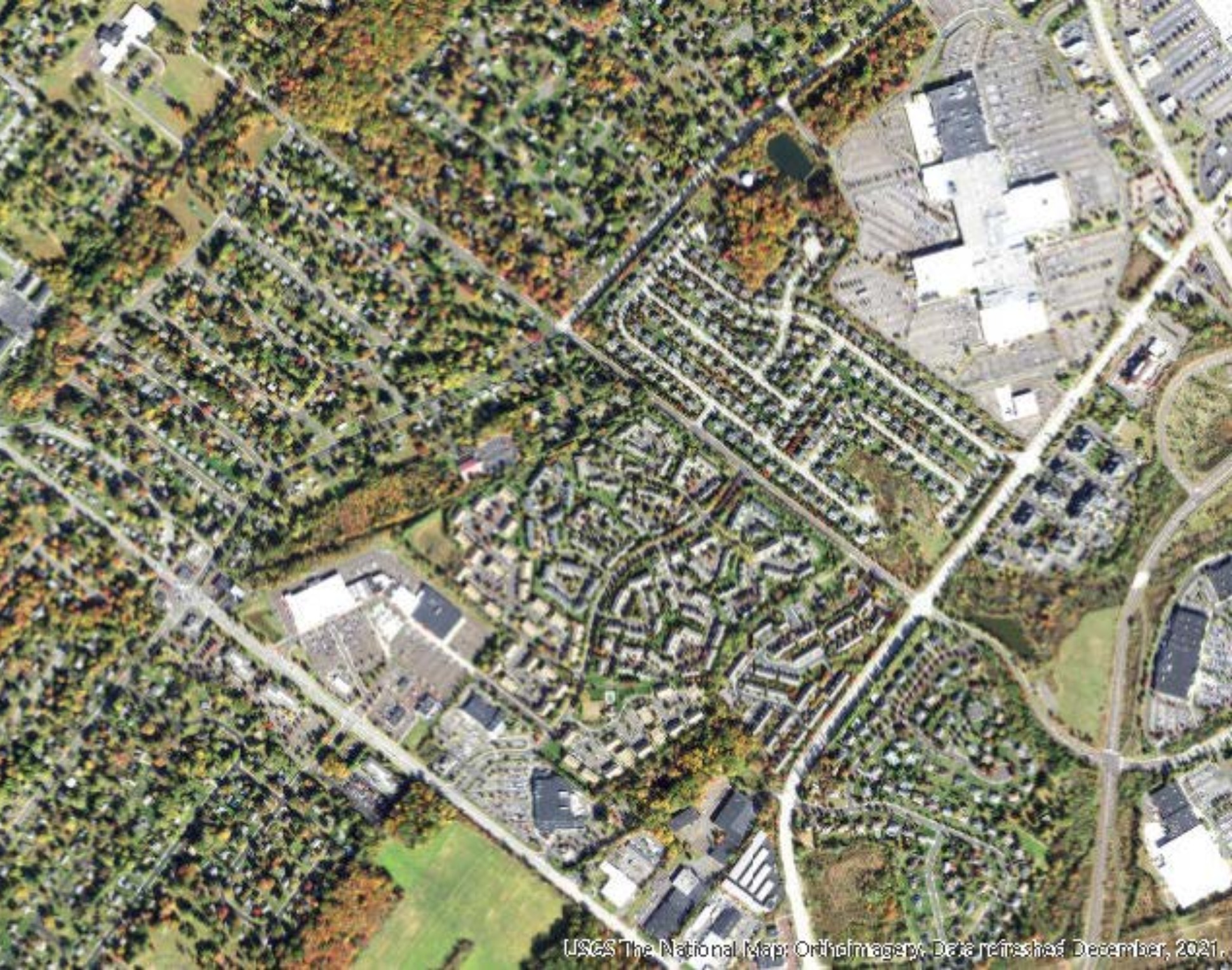Subdivisions & Lot Consolidations
A Subdivision is the process of dividing one parcel of land into multiple smaller plots of land. There are several reasons why a Subdivision may be desired. In some cases, the owners of a large residential property might want to divide their property into two parcels that can be developed as separate residential properties with single-family homes on each property. In other cases, a large parcel of land might be purchased by a developer who wants to subdivide the property into multiple smaller properties, such as a residential development or community.

The process might sound simple, but there are a lot of rules and regulations that need to be considered for a successful Subdivision. These regulations vary from one jurisdiction to the next, but the basic elements remain for all locations. For example, all of the subdivided parcels must meet all of the zoning regulations for the municipal zoning district in which the property or properties are located. In other words, each subdivided parcel must meet minimum lot size requirements, and must provide adequate space for reasonable development within setbacks and without exceeding minimum building and impervious area restrictions. In addition, the stormwater management needs of the subdivided parcels must be met, and it must be determined that the land development will not otherwise adversely impact the environment or the surrounding community. Other concerns, such as parking and traffic, must also be considered for any subdivided properties. All such rules, regulations, and concerns are typically presented in a municipality's Subdivision & Land Development Ordinance (SALDO), which can usually be accessed from the municipality's website or on ecode360.
Lot Consolidations are essentially the opposite of Subdivisions, as they involve joining two or more smaller parcels to create one larger parcel. However, Lot Consolidations are subject to the same rules, regulations, and review and approval processes as Subdivisions and other SALDO applications.
Prior to official application, many municipalities allow the property owner or developer to submit a sketch that can be discussed with municipal staff to obtain preliminary feedback on the feasibility of the proposed SALDO project. If there are any zoning requirements that are not met, the applicant would then be referred to the Zoning Hearing Board to obtain any necessary Variances or Special Exceptions.
If they choose to proceed, they would then complete and submit an official SALDO application, along with a set of engineering plans that show the original and proposed parcels, as well as any proposed land development, roads, utilities, stormwater management design and facilities, etc. The application and plans are initially reviewed for completeness. If found to be complete, the application and plans may then be reviewed by a land development committee, a county planning commission, the municipal engineer, and/or any other advisory boards.
After the applicant is given the chance to make any recommended revisions, the resubmitted plans are typically then reviewed by the municipality's Planning Commission, Building and Planning Committee, and/or Board of Commissioners. Once approved, the Final Plans would be signed by all applicable municipal officials and recorded with the county records and deeds office. Additional required permits would then be obtained, as required, and all fees would be remitted.
Again, these requirements may vary from one jurisdiction to the next, but the basic process is similar for all SALDO projects.
Alta has considerable experience in developing SALDO plans and applications. Feel free to CONTACT US to discuss your Subdivision, Lot Consolidation, or other SALDO plans and projects.
Further Information and "Example" Plans Developed by Alta can be Viewed on the Following Pages:
